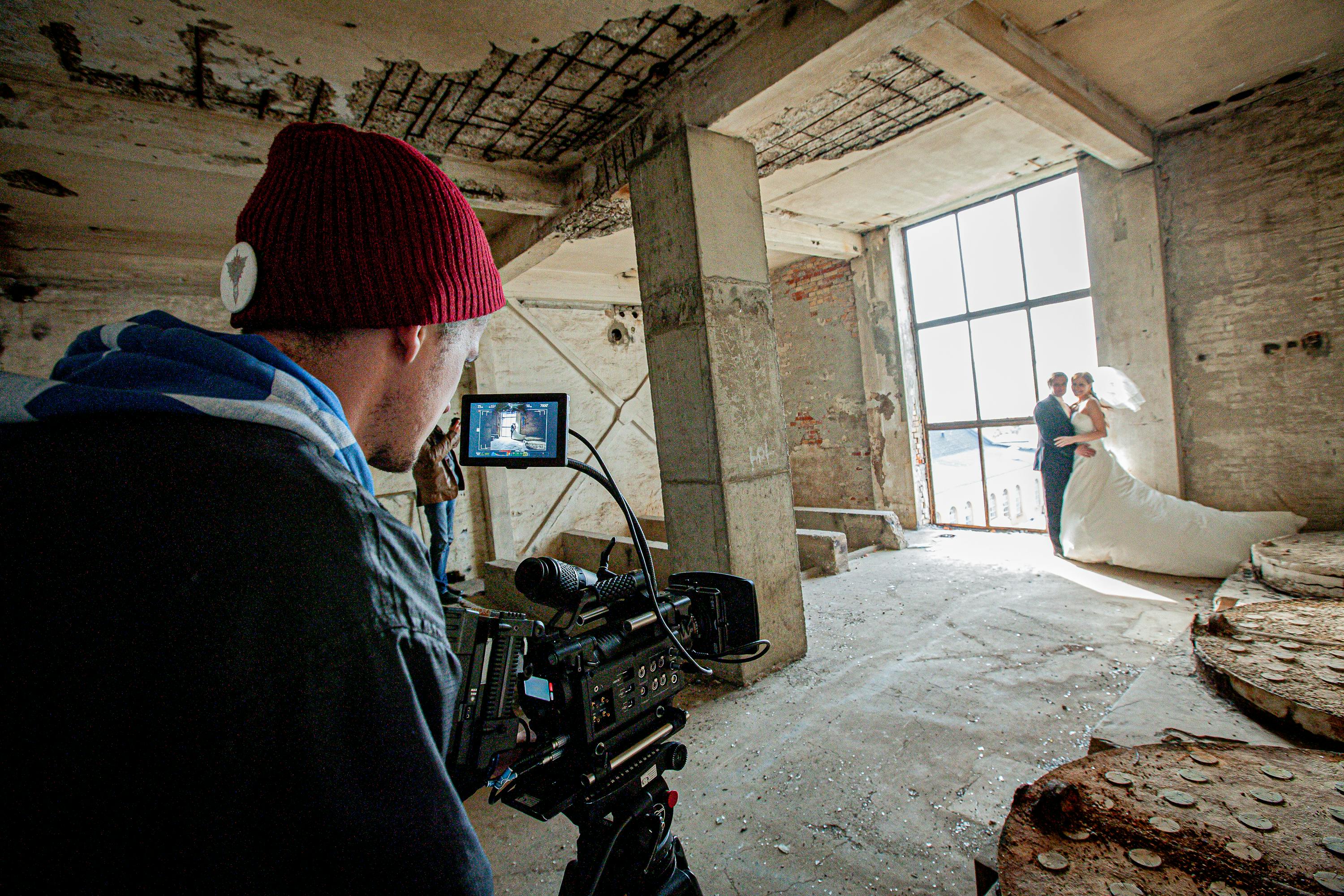
Sludge, the #1 killer of water heaters: here’s how to deal with the threat
admin
- 0
Bacteria problems in water heaters
Sediment causes many problems in your water heater. Among these is bacterial growth. These are not usually disease-causing bacteria, but oxygenate and corrode the lining of a water heater. This is compounded by large amounts of heat and sediment which can be very destructive.
Remember, if you can detect a smell of sulfur or rotten eggs, you may have a bacteria problem in your water heater. Don’t be misled by a possible natural gas leak that may have a similar odor. Both are serious problems that need to be corrected immediately.
Sediment (scale) buildup inside water heaters
There are naturally occurring minerals in all of the water that flows to your water heater. When heat is applied to water, the minerals come out of solution and fall to the bottom of the water heater tank. The sediment is usually calcium carbonate in most areas of the country. In a gas water heater, the sludge falls to the bottom of the tank and settles on the burner plate where the flame is directly below. The sediment is a barrier that heat cannot pass through very easily. The glass lining on the inside of a tank-type water heater will slowly begin to disintegrate at temperatures of 160 degrees and above. The metal of the burner plate at the bottom can also warp.
Sediment buildup can cause a water heater to leak. Your electric water heater may suddenly stop producing almost the same amount of hot water as a few days before. Most likely, the sediment has covered the lower heating element. If you have a gas water heater and it’s noisy, you may have sediment buildup. A sulfur odor is an indication of a sediment buildup problem.
Softening the hot water will slow down sediment buildup, but will reduce the longevity of the anode rod inside the water heater.
Sediment can be reduced if you reduce the water temperature to 130 degrees. Sediment can grow rapidly in heat above 140 degrees or more, but 130 degrees still kills bacteria that can harm humans. The bacterium that causes Legionnaires’ disease grows in temperatures up to 115 degrees.
Here’s how to control sediment
Fill a full container with hot water at a faucet in the house. Make sure it’s hot. Put a meat thermometer in it. Consider the temperature. Now if you have a gas water heater, you can turn the control knob at the bottom to heat or cool it. The knob says ON OFF PILOT.
Sometimes there is a small adjustment knob in the center of the ON OFF PILOT control. It can be used to reduce the size of the flame on the burner plate.
In an electric water heater, you can install a low watt density element in your tank to reduce the high temperatures produced and therefore reduce sludge in your tank. Don’t worry, your water will still be just as hot because the low watt element is twice the size and has twice the surface area to heat your water.
If the water pressure inside the house is greater than 50 psi, have a plumber install a pressure reducer for your water heater. High pressures cause sediment to form more quickly.
dissolving sediment chemically
You can do this with a chemical descaler from AO Smith called Mag-Erad. It can only be used when the gas is turned off and there is no water inside the gas water heater. The instructions may instruct you to leave the gas on while using the product. Don’t or you will damage the chimney. You can use the product for electric water heaters without problem, just empty the water heater first. You must have a licensed plumber install a curved dip tube and flush the water heater.
The curved dip tube flush method to remove sediment
Most water heaters come equipped with a straight dip tube as standard. Water enters through the cold water inlet and down the dip tube to the bottom of the water heater. The force of the water cleans only the small section at the bottom of the water heater, but leaves the rest of the dome-shaped bottom of the water heater covered in sediment. Draining the water heater with the drain valve will only remove a small amount of sediment that is near the drain valve.
Installing a curved dip tube causes water to swirl around the domed bottom of the water heater. Sediment-filled swirling water can now be forced out the drain valve with a full five-minute flush.
Installing a curved dip tube begins with shutting off the incoming water to your home, then removing the cold water nozzle on the right side of the water heater. Insert a pair of plastic-handled pliers into the cold water inlet and unscrew the original dip tube. Use the pliers to pull the dip tube up and out of the water heater. Remove any rust that prevents you from doing this. Mark the direction of the bend on the new curved dip tube at the top with a marker. Wrap Teflon tape around the nozzle eight times on its threads and insert the new curved dip tube into the opening with the marked side pointing along the side of the wall but following the long path around the bottom of the water heater toward the drain valve.
Have a plumber install a 3/4-inch ball valve for a drain valve. Flushes with a larger opening compared to a plastic drain valve.
Sediment removal in commercial water heaters
If you hear a lot of noise coming from your commercial water heater or it smells bad, you may need to remove the sediment that is building up inside.
Removing sludge on a commercial gas water heater will save 5% on energy bills, but it doesn’t save much on a commercial electric water heater.
If you have a commercial water heater, turn off the gas or electricity and turn off the water supply to the cold line, as well as any recirculation systems should be turned off. Then open the T&P valve to relieve pressure in the lines and allow the water to drain through the drain valve. Connect a water hose to the drain valve to allow the water to drain. If nothing comes out, then sediment is blocking the drain line. Remove the drain valve and break up the sediment with a screwdriver. Remove any rust there as well. Below the open port of the drain valve is where a drain pan should be placed. Continue to clean up as much sediment as possible. If you want to remove all of the sediment, hire a plumber to do it.

